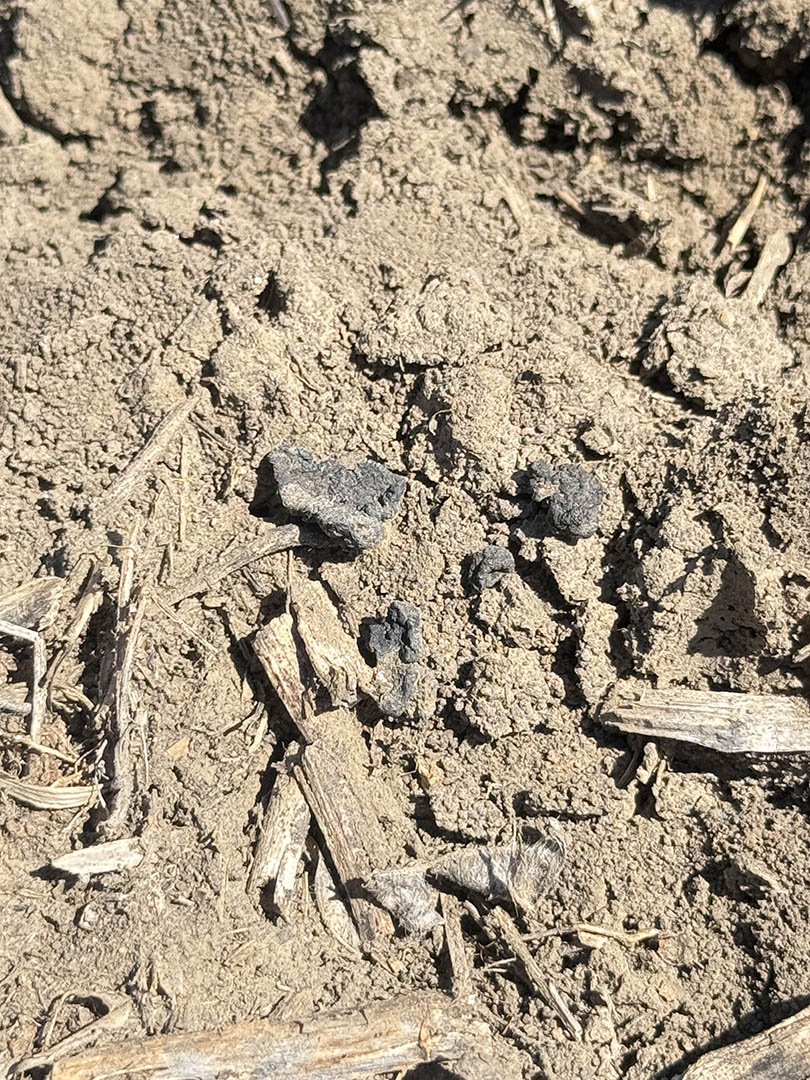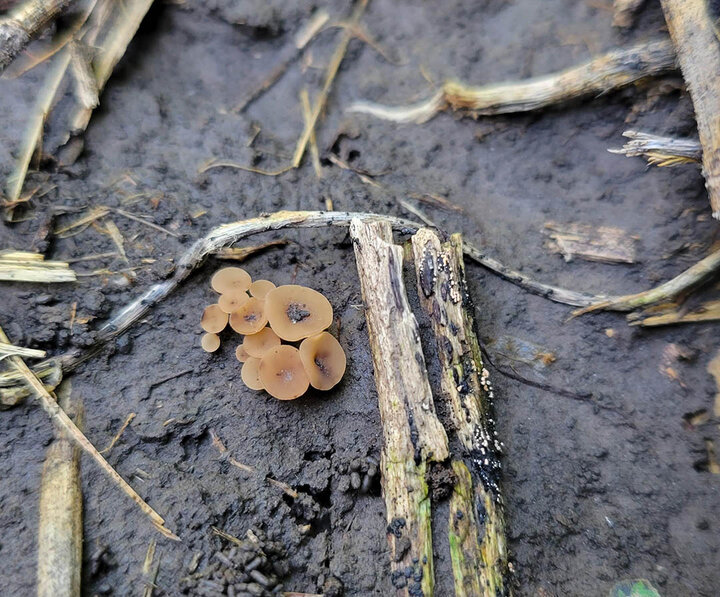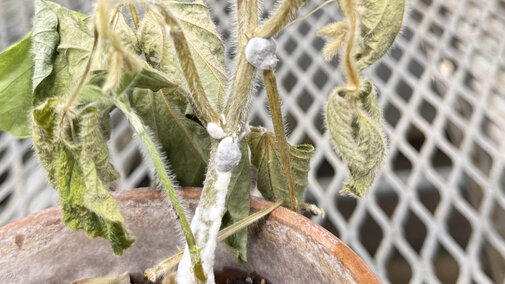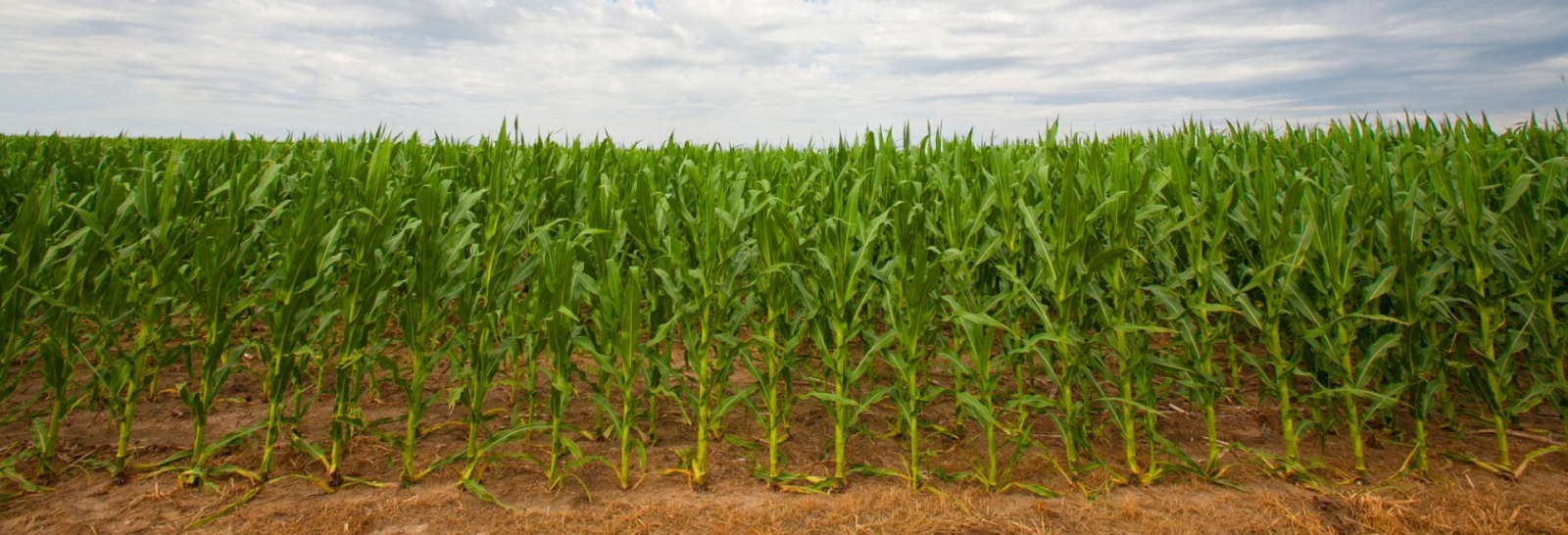As we approach the critical period for managing white mold in soybeans, it's essential to make timely and informed decisions to mitigate potential losses. Sclerotinia stem rot, or white mold, significantly impacted yields in 2021 and 2023 soybean crops, and proactive management is crucial for this season. The key factors to keep in mind as you monitor and manage fields are:
- Flowering Susceptibility: Soybean plants are most vulnerable to white mold infection during the flowering stage (R1 to R3).
- Protective Measures: Ensuring flowers are protected is essential for preventing infection and controlling the disease. Late management will not save infected plants.
- Environmental Conditions: Wet, humid environments facilitate the spread of white mold.
- Field History: Fields with a prior history of white mold are at greater risk of occurrence, often beginning in the same hotspots where infection occurred in past seasons due to the persistence of sclerotia in the soil.
For detailed management strategies, including genetic resistance, cultural practices and chemical/biological control, please refer to the sections below.

Pathogen Overview
Sclerotinia stem rot, commonly known as white mold, is a fungal disease caused by Sclerotinia sclerotiorum. The fungus survives between seasons in the soil as hard, black, dark structures called sclerotia. In spring, saturated soils and a full canopy favor the emergence of apothecia, mushroom-like structures that release millions of airborne spores during flowering. These spores infect soybeans primarily through senescing blossoms and injured tissue, requiring free moisture for infection. The disease typically prevents successful pod development and produces more sclerotia on and in the stems, which are scattered back onto the soil during harvest and can survive for several years.

Disease Symptoms
Symptoms of white mold usually appear during pod development and can be subtle at first. The disease often begins with wilting and discoloration of leaves, followed by stem and pod infections that show white, cottony fungal growth and black sclerotia. Water-soaked lesions typically form near colonized flowers, and stems become tan, brittle and hollow, sometimes containing sclerotia. Affected stems frequently shred when pulled apart and show signs/symptoms approximately 6 to 14 inches above the soil surface, although lower stems may also be infected as well.

Favorable Environmental Conditions
White mold develops from flowering to pod formation under wet, humid conditions with moderate temperatures (<85°F). It is more prevalent in northern Nebraska counties and irrigated fields throughout central Nebraska, due to the consistent moisture and cooler canopy temperatures.
Management Strategies
Genetic Resistance: Choose varieties rated well against white mold, avoiding highly susceptible ones, and select shorter varieties that do not lodge.
Cultural Practices: In fields with a history of significant white mold, use wider row spacing (30-inch over 15-inch) to delay canopy closure and reduce humidity. Avoid irrigation during flowering if possible. Rotate with non-host crops like corn and maintain good weed control, as some weeds and cover crops can host the fungus. Tillage has been considered for control, but it is not recommended due to water consideration and the lack of effective control.
Manganese management is another consideration. Be aware that improper soil manganese levels will prevent plants from effective white mold defense. Soil manganese adjustments should be made before the season. Foliar manganese feeding can also be done in season, but it should be done before flowering begins.
Chemical/Biological Control: Apply foliar fungicides during the susceptibility window at flowering if there is a field history of white mold and favorable weather conditions for disease development. Late applications made after the infection window are not effective. Refer to the Crop Protection Network and the UNL 2025 Guide for Weed, Disease, and Insect Management in Nebraska for fungicide efficacy test results to find products that are effective on the pathogen.
Resources
Crop Protection Network: https://cropprotectionnetwork.s3.amazonaws.com/soybean-foliar-efficacy-2025.pdf
Guide for Weed, Disease and Insect Management in Nebraska: https://marketplace.unl.edu/extension/ec130.html

